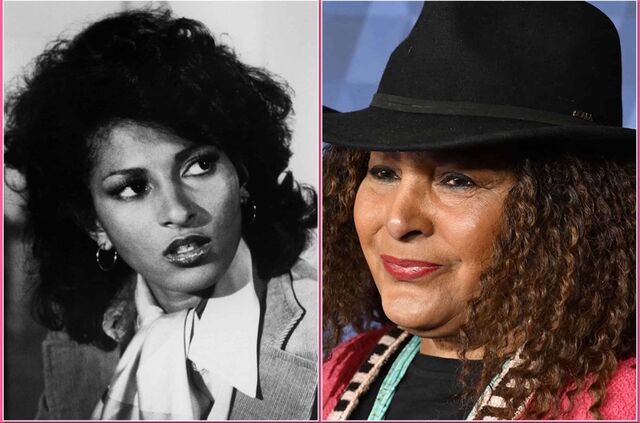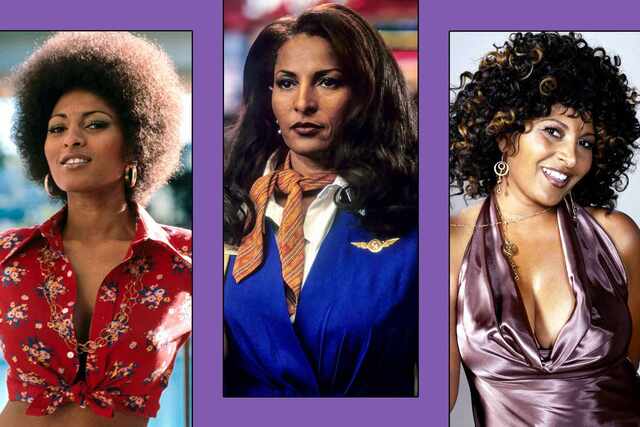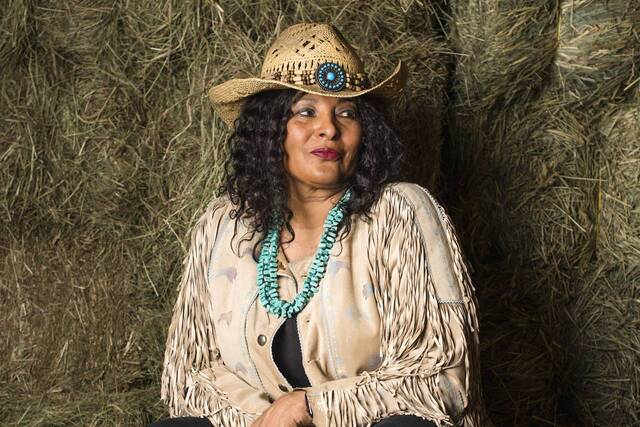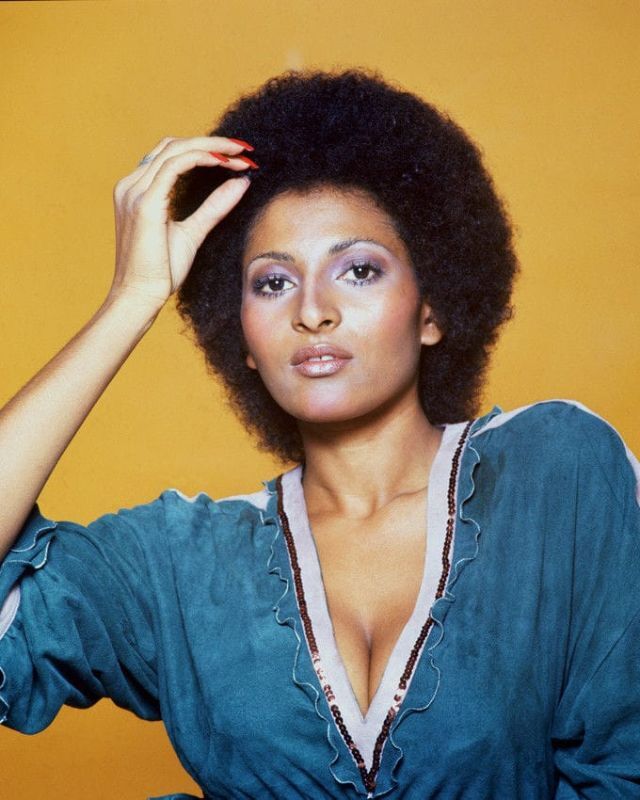Pam Grier stands as a towering figure in Hollywood history, not just for her captivating performances but for the boundaries she broke and the narratives she shaped. Known for her unapologetic strength and revolutionary roles in the 1970s, Grier redefined the action genre and created a legacy that continues to inspire. With a career spanning over five decades, her journey from humble beginnings to becoming a cultural icon is a testament to resilience, talent, and determination.
Early Life and Roots of Resilience
Born Pamela Suzette Grier on May 26, 1949, in Winston-Salem, North Carolina, Grier’s early years were shaped by a multicultural heritage and a transient lifestyle. As the daughter of a military father, her family frequently relocated, living in England and various parts of the United States. These experiences exposed her to diverse cultures and laid the foundation for her adaptability and strength.

Grier’s upbringing wasn’t without challenges. Growing up as one of the few Black families in certain areas, she faced systemic racism in the U.S., contrasting sharply with the relative acceptance she experienced abroad. Despite these hardships, Grier excelled academically and creatively. She participated in school plays and beauty pageants, using these opportunities to fund her college education at Metropolitan State College.
Video:
Breaking into Hollywood: The Blaxploitation Era
Pam Grier’s Hollywood journey began humbly as a receptionist at American International Pictures. Her beauty and charisma soon caught the attention of filmmaker Jack Hill, who cast her in women-in-prison films like The Big Doll House (1971) and Women in Cages (1971). These roles showcased her on-screen presence and opened the door to a burgeoning subgenre: Blaxploitation films.
Grier’s breakout role came in Coffy (1973), where she played a nurse turned vigilante seeking justice against drug dealers. The film was a massive success, and her portrayal of a fierce, independent woman resonated with audiences. Critics, including Roger Ebert, praised her as a compelling and authentic lead, elevating her above mere genre conventions. Coffy established Grier as a cultural icon and the first African American woman to headline an action film.
The momentum continued with Foxy Brown (1974), Sheba, Baby (1975), and Friday Foster (1975). Each film reinforced her image as a powerful, no-nonsense protagonist, redefining how women—particularly Black women—were represented in cinema.

Navigating a Changing Industry
As the Blaxploitation era waned, Pam Grier adapted by taking on diverse roles. She appeared in mainstream films like Fort Apache, The Bronx (1981) and Something Wicked This Way Comes (1983), proving her versatility. On television, she made memorable appearances in series like Miami Vice and The Fresh Prince of Bel-Air.
However, Grier’s journey wasn’t without setbacks. Hollywood often relegated her to smaller roles, overlooking her talent and cultural significance. Yet, she persevered, continuing to work steadily and expanding her repertoire.
A Resurgence with Quentin Tarantino
Pam Grier’s career saw a remarkable revival in the 1990s, thanks to Quentin Tarantino’s Jackie Brown (1997). The film, an homage to her Blaxploitation roots, cast her as a middle-aged flight attendant entangled in a high-stakes criminal scheme. Grier’s nuanced performance earned her critical acclaim, including nominations for a Golden Globe and a Screen Actors Guild Award.

Tarantino called Grier “cinema’s first female action star,” underscoring her pivotal role in shaping the action genre. The film introduced her to a new generation of fans and solidified her status as a Hollywood legend.
Personal Life and Overcoming Challenges
Behind the scenes, Pam Grier faced numerous personal and health challenges. She had high-profile relationships with figures like Kareem Abdul-Jabbar and Richard Pryor, navigating the complexities of love and fame. In 1988, Grier was diagnosed with stage four cervical cancer and given just 18 months to live. Defying the odds, she underwent rigorous treatment and emerged cancer-free, a testament to her resilience.
Grier’s experiences, including her battles with racism, sexism, and health struggles, are chronicled in her memoir, Foxy: My Life in Three Acts. The book provides an unflinching look at her life, offering inspiration and insight to fans and readers.
Advocacy and Giving Back
Pam Grier’s impact extends beyond entertainment. She has been an advocate for health and sustainability, founding the Pam Grier Community Garden and Education Center. The initiative promotes organic gardening, nutrition, and education, particularly in underserved communities.

Her dedication to activism reflects her commitment to creating a better world, echoing the strength and determination she brought to her iconic roles.
Legacy and Recognition
Pam Grier’s contributions to cinema and culture have been widely celebrated. IndieWire named her one of the best actors never to have received an Academy Award nomination, highlighting the industry’s oversight of her immense talent. In 2024, she was honored with a lifetime achievement award at the Toronto Black Film Festival, recognizing her influence on generations of filmmakers and audiences.
Quentin Tarantino paid tribute to Grier by opening a coffee shop named after her iconic Coffy character, further cementing her status as a pop culture icon.

Conclusion
Pam Grier’s journey is one of triumph over adversity, a narrative of breaking barriers and defying expectations. From her groundbreaking roles in Blaxploitation films to her revival in Jackie Brown and her advocacy work, she has left an indelible mark on Hollywood and society. As a pioneer, role model, and icon, Grier’s legacy continues to inspire, proving that true strength comes from resilience, authenticity, and an unwavering belief in one’s worth.



